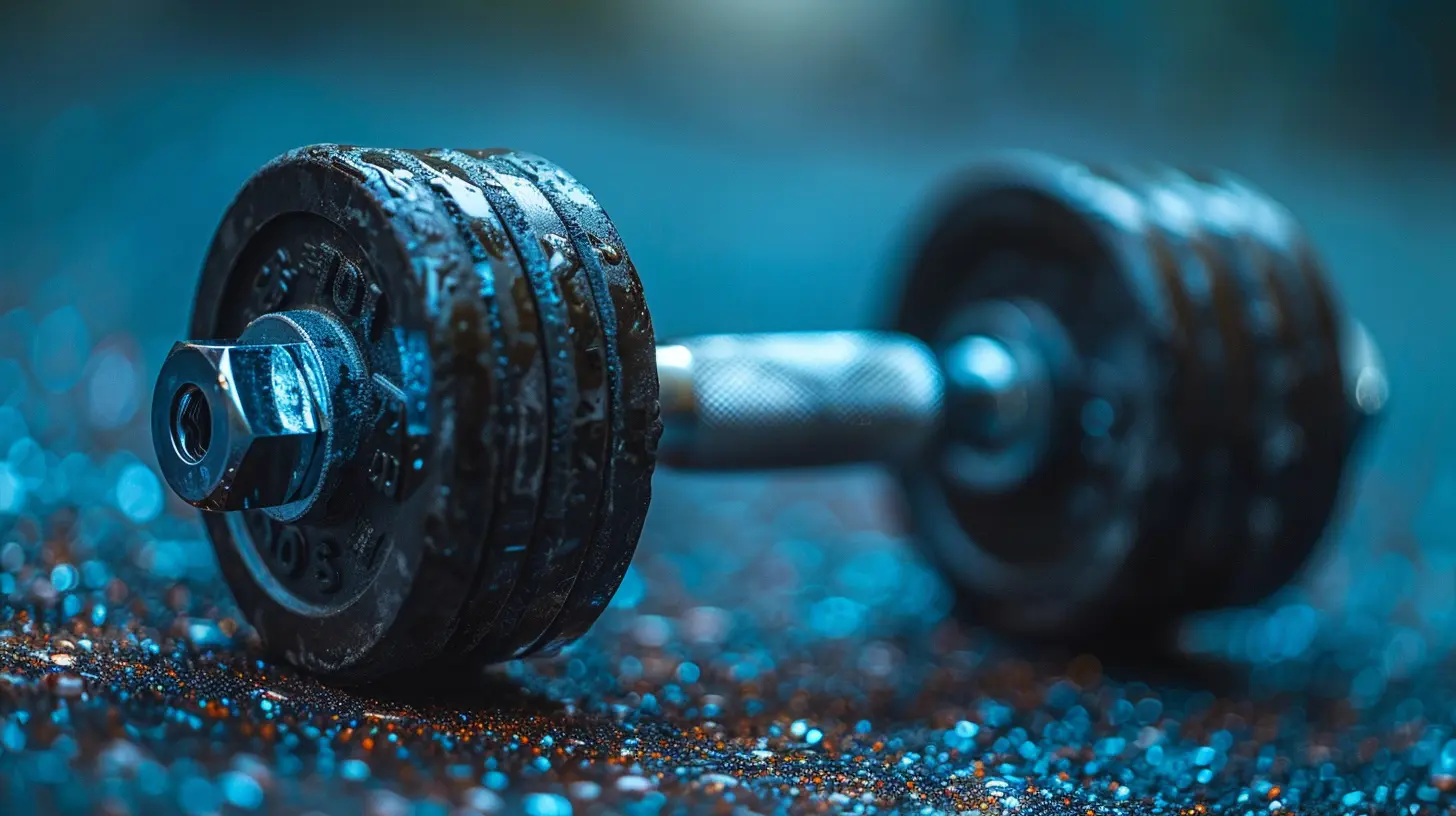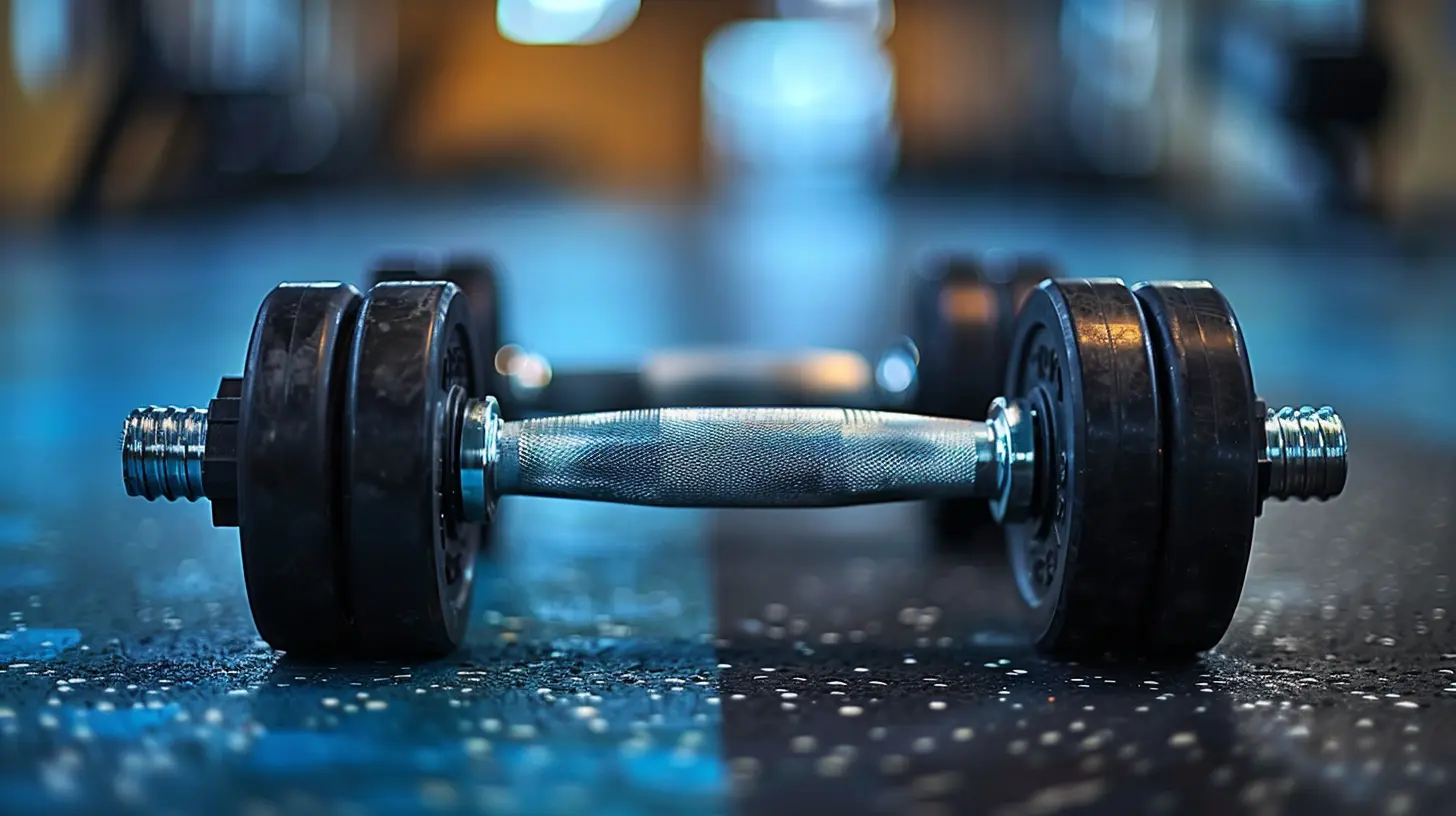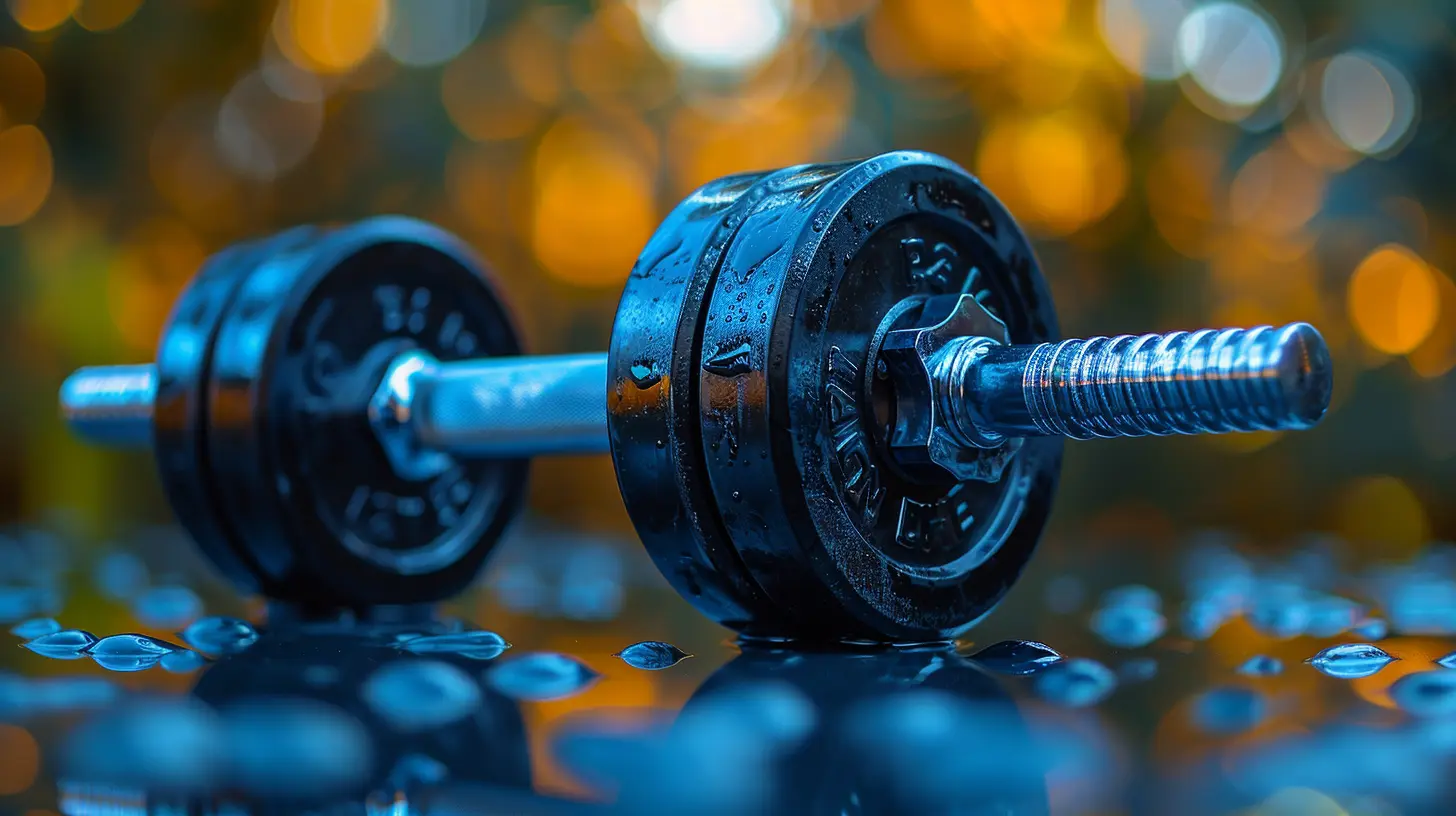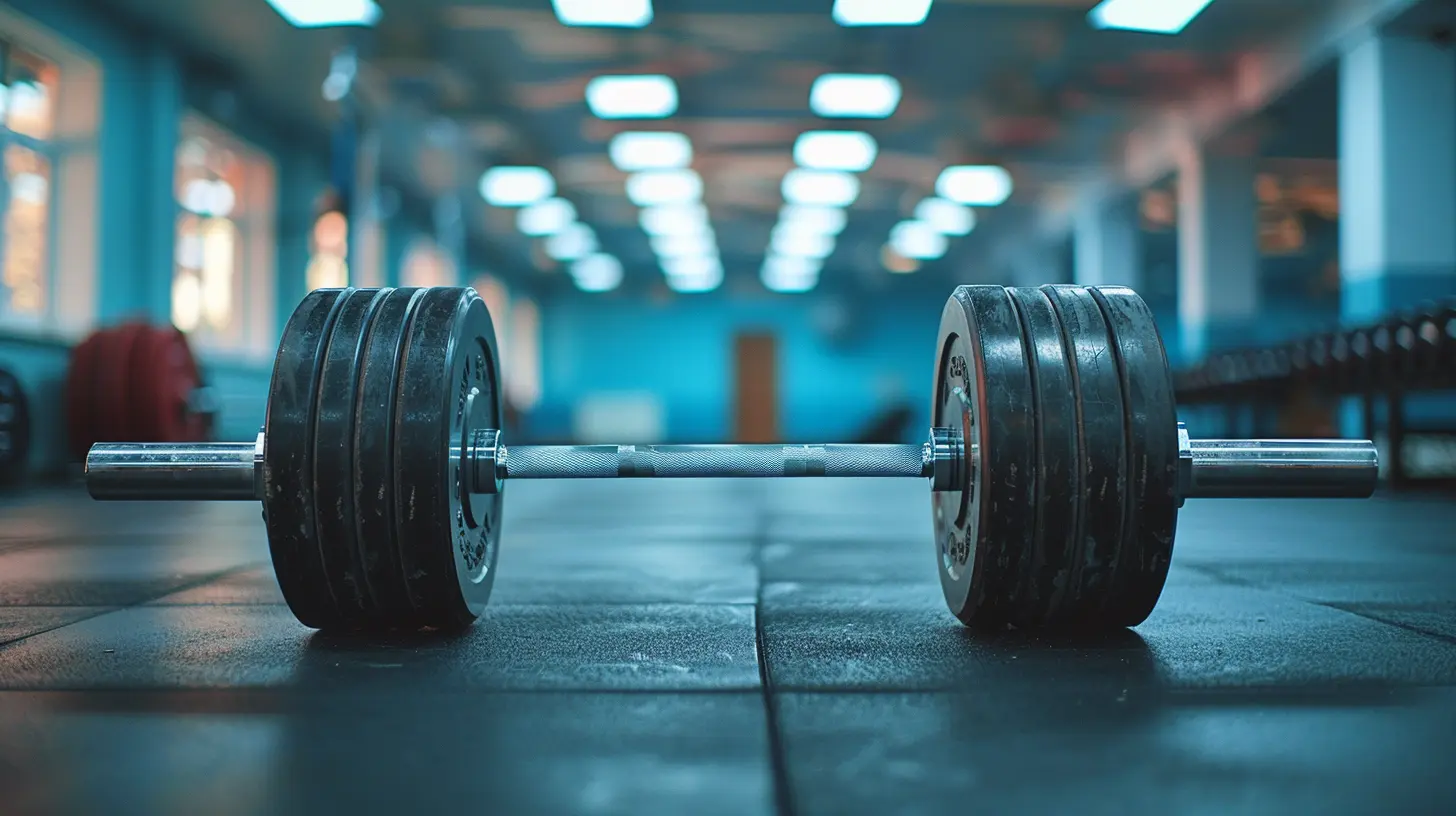Resistance Training for Improved Joint Health
28 October 2025
Let’s face it—our joints betray us as we age. One minute you’re busting moves on the dance floor, the next you're googling “why does my knee sound like popcorn?” But guess what? You don’t have to surrender to creaky knees and stiff shoulders. Enter: Resistance training.
Now before you picture a bodybuilder grunting under 300-pound barbells, let me stop you right there. Resistance training isn’t just for the gym bros or She-Hulks of the world. It’s for you, me, and even your Aunt Karen who insists yoga is the only exercise that matters.
In this article, we're flexin' (pun totally intended) on how resistance training can be your joints' best friend. So, put down that bag of chips, grab a resistance band (or at least pretend like you will), and let’s get into it.
What Is Resistance Training Anyway?
Let’s break this down gym-class style. Resistance training, also known as strength training, involves any exercise that causes your muscles to contract against an external resistance. This "resistance" can be anything—a dumbbell, resistance band, water bottles, your own body weight, or even your overly chonky cat (if they allow it, of course).The goal? To increase muscle strength, tone, mass, and endurance. But here’s the kicker: when you strengthen muscles, you're also giving your joints some serious backup.
You don’t need to body slam tires or deadlift a buffalo. Even gentle resistance training can work wonders for your joint health.
Why Should You Care About Joint Health?
Ever try walking up the stairs and suddenly your knees sound like Rice Krispies? That, my friend, is your body giving subtle hints. Joint health is crucial because these bendy bits are what let us move, groove, and live our lives without sounding like a haunted door hinge.Unhealthy joints can lead to:
- Chronic pain (boo!)
- Limited mobility (double boo!)
- Increased risk of injury (no, thanks!)
- Conditions like arthritis (hey, not today!)
The stronger the muscles around your joints, the better supported those joints are. Think of your muscles like the bodyguards for your joints—they keep things stable, aligned, and injury-free.
How Resistance Training Helps Keep Joints Happy
1. Strengthens the Surrounding Muscles
Imagine your joints as a wobbly table. Without strong legs (aka muscles) to support it, it’s gonna collapse under pressure. Resistance training strengthens these “legs”—your muscles—so your joints don’t have to do all the heavy lifting (literally and figuratively).2. Improves Joint Stability
Stabilizing muscles—like the ones around your knees, hips, and shoulders—play a big role in keeping your joints aligned. When they’re weak, your joints are like an unbalanced washing machine on the spin cycle: noisy, painful, and prone to break.3. Reduces Joint Pain and Stiffness
Counterintuitive, right? When something hurts, we tend to avoid moving it. But light resistance training actually encourages synovial fluid (yeah, it’s as gross as it sounds) to flow through your joints. This fluid acts like oil in your car engine—it keeps things running smoothly and reduces painful friction.4. Enhances Flexibility and Range of Motion
Lifting weights can actually make you more flexible? Yep, when done properly, resistance training takes your joints through controlled ranges of motion, which maintains (and even increases) their flexibility.
But Can I Do Resistance Training If I Already Have Joint Issues?
Short answer: Heck yes. Long answer: With a few caveats.If you’re dealing with arthritis, old injuries, or just don’t trust your joints not to pull a fast one on you, resistance training can still help—just approach with caution.
Tips for training with joint issues:
- Start low and go slow (your joints don’t need heroics)
- Use resistance bands or your bodyweight
- Focus on form, not how much you lift
- Warm up before and cool down after (no skipping!)
- Listen to your body—not your ego
And hey, if something feels weird in a bad way? Stop. That’s not “no pain, no gain,” that’s “please don’t let my elbow explode.”
Best Resistance Exercises for Joint Health
Let’s get down to the fun stuff—which exercises should you actually do? These are solid picks that target key muscles and support joint function, without turning you into The Hulk overnight.1. Squats (Bodyweight or Resistance Band)
Why: Strengthen quads, hamstrings, and glutes—all of which support knees and hips.How: Stand with feet shoulder-width apart. Lower your butt like you’re sitting on a tiny invisible chair. Don’t let your knees go past your toes—keep 'em behind like they’re waiting in line at Starbucks.
Bonus: Squeeze your glutes on the way up like you're trying to crack a walnut. Your future knees will thank you.
2. Wall Push-Ups
Why: Works shoulders, chest, and triceps without stressing your shoulder joints.How: Stand a few feet from a wall. Place your palms on the wall at shoulder height. Bend elbows and lean toward the wall, then push back. Keep elbows tucked like you're hiding cookies under your arms.
Fun Fact: The wall never complains, no matter how many reps you do.
3. Step-Ups (Low Step)
Why: Activates glutes, hamstrings, and calves—perfect for stabilizing knees and hips.How: Step onto a low platform or stair with one foot, then bring the other up. Step down. Repeat. Try not to trip, unless you’re training for competitive clumsiness.
4. Resistance Band Rows
Why: Strengthens your back and shoulders without wreaking havoc on your joints.How: Sit or stand. Secure a resistance band around a sturdy object. Pull toward your torso like you’re starting a lawnmower. Keep elbows close to your body—no chicken wings allowed.
5. Glute Bridges
Why: Supports the spine and hips. And yes, you’ll feel it in your booty.How: Lie on your back, knees bent, feet flat. Raise your hips until your body forms a straight line from shoulders to knees. Squeeze those glutes, baby! Then slowly lower down.
Bonus: You can do this one while binge-watching Netflix. No excuses, pal.
Resistance Training Tips for Joint Longevity
Let’s keep it 100—if you treat your joints like a 1996 Honda Civic, don’t be surprised when they break down. Here’s how to keep ‘em running like a Tesla:🔥 Warm Up Before You Lift
Don’t skip the warm-up. Aim for at least 5–10 minutes of light cardio or dynamic stretches. Think arm circles, leg swings, or gentle jumping jacks. This gets your blood pumping and your joints lubed up (ew, but necessary).🧊 Don’t Go Too Hard Too Fast
Ain’t nobody impressed by your sudden desire to bench press a small planet. Start with lower resistance and gradually increase over time. Your joints need to adapt, not be ambushed.🧘 Stretch After Every Session
Stretch it out! Post-workout stretching keeps your muscles flexible and reduces post-exercise tightness. Think of it as telling your body, “Thanks for not falling apart today.”🎯 Focus On Form Over Ego
Bad form is like sending your joints hate mail. Take the time to learn proper technique, even if it means lifting lighter weights. Your joints care more about precision than power.💤 Get That Recovery
Rest days aren’t for the weak; they’re for the wise. Give your joints time to recover. Take naps, hydrate, and maybe pat yourself on the back (gently) for adulting so well.What the Science Says (a.k.a. The Nerdy Stuff)
Several studies have shown that resistance training can reduce joint pain and improve physical function, especially in people with osteoarthritis or early signs of joint degeneration.In a nutshell? Science agrees: lifting stuff—smartly—can make your joints way happier.
Real Talk: Resistance Training Isn’t One-Size-Fits-All
You don’t have to be a gym rat to reap the joint-friendly benefits of resistance training. Whether you’re lifting soup cans in your kitchen or following a YouTube workout, what matters is consistency.Start where you are, use what you have, and do what you can.
And if anyone gives you side-eye for doing bicep curls with spaghetti sauce jars, just tell them it’s “domestic resistance training.” That’ll shut 'em up.
Bottom Line
If you want your joints to keep carrying you through life without sounding like a haunted mansion, resistance training is your golden ticket. It supports your joints, reduces pain, builds strength, and boosts mobility—all without requiring you to become a gym fanatic.So go ahead. Channel your inner strong person. Your joints deserve it, and honestly, so do you.
Plus, who doesn’t want to be strong enough to open a stubborn pickle jar without calling in reinforcements?
all images in this post were generated using AI tools
Category:
Strength TrainingAuthor:

Tiffany Foster
Discussion
rate this article
1 comments
Zethryn Williams
This article highlights the essential role of resistance training in enhancing joint health. Emphasizing proper techniques and consistency, it offers valuable insights for those seeking to reduce joint pain and improve mobility.
October 31, 2025 at 3:52 PM

Tiffany Foster
Thank you for your thoughtful comment! I'm glad you found the article helpful in understanding the importance of resistance training for joint health.


